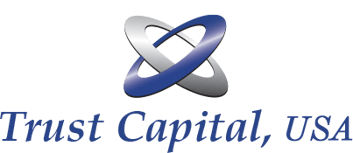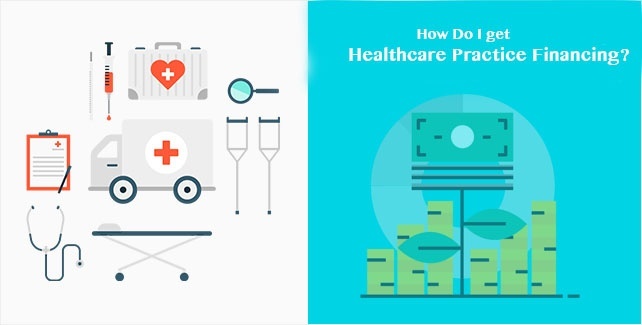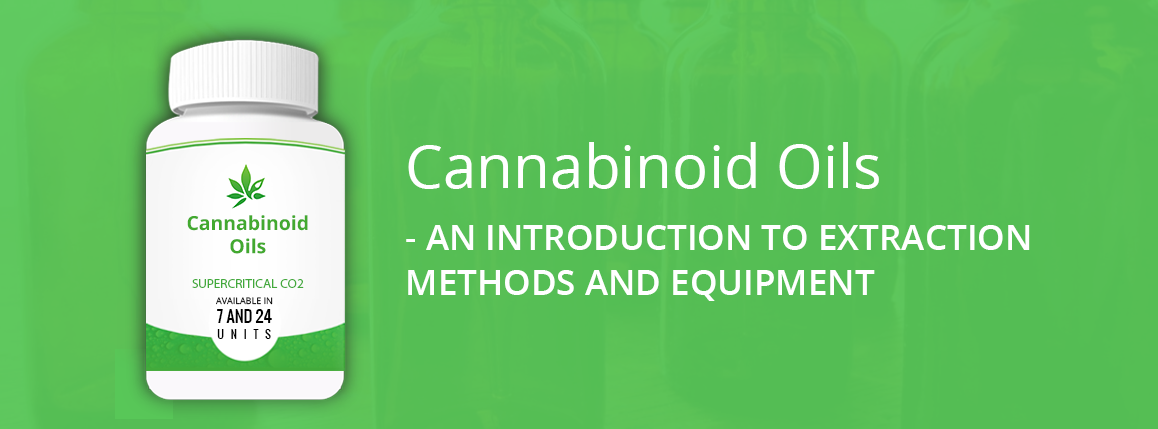You are a doctor or dentist staring a new practice and looking into purchasing or leasing medical equipment. Or, you may be an established medical practice looking to replace your medical equipment, or acquire more to meet the demands of your growing business.
Everyone’s situation in business is unique and you have got to know and evaluate your options, and do what is right for your business.
The question you need to answer is, “How are you going to acquire the required medical equipment? Should you purchase or should you lease? If you choose to purchase, what financing options are available to you?
To answer this question, we will explore each option, weigh the pros and cons, and help you figure out what works best for your unique situation.
- Medical Equipment Cash Purchase
- Medical Equipment Leases
- Medical Equipment Loans
- Bank / SBA Financing
- Manufacturer / Dealer Financing
Always remember that every option has its trade-offs.
Medical Equipment Cash Purchase
If you have a well-established practice and are cash rich, you could consider making an outright cash purchase. If you plan to go this route, check with your accountant what might be the best strategy for you – a first year write off or stretching out depreciation.
The downside side is you will lose a significant amount of your working capital. Wouldn’t you rather have the cash reserve for other expenses? It would be prudent on your part to ensure that you have enough working capital left after your medical equipment purchase.
If I were to take a guess, you (like most medical practices) aren’t about to pay thousands of dollars in cash right at the start.
All of the medical equipment that you need for your medical office is far from cheap. MRI machines, therapy equipment, laser machines, ultrasounds, x-ray machines - it’s practically endless.
So how do you get access to all of this necessary equipment without paying cash upfront? That’s where medical equipment financing comes in handy.
Thankfully, there are plenty of financing options available.
Medical Equipment Leases
Many financiers tend to be very sneaky when they show you medical equipment financing rates when you go through a leasing format, simply because they are afraid that they’ll lose a “deal” when they show you the true costs of medical equipment leasing.
It’s not uncommon for medical equipment leases to appear to cost a lot, especially if your business credentials don’t allow you to get more affordable options. Leasing is sometimes seen as a “last resort” option, but don’t let that stop you from finding a deal that fits your budget. Because at the end of the day, even if it’s an “expensive” option, it will still help you generate a profit in your business.
A true medical equipment lease structured as a FMV buyout can be beneficial if the medical equipment lender specializes in the industry and can associate a 10% to 25% residual value to the end of the medical equipment lease. This will keep your payment stream rate on the lease typically anywhere from 11% to 5%. This FMV lease structure will give you the ability to write off 100% of your lease payments off of your taxable income.
Some medical equipment outdates themselves in five to seven years and might require replacement. This is another aspect you should weigh in when making buy vs. lease decision. It might make sense for you to lease medical equipment that have shorter life cycles and purchase equipment that have a longer life.
What could medical equipment lease payments look like?
Click here for a resourceful medical equipment lease calculator tool to see what your medical equipment lease payments could be. Also includes an amortization schedule for your accountant. Use this amortization schedule to give to your accountant during business tax season to help him decide the best way for you to get the best tax write offs now and in the future to lower your taxable income.
Medical Equipment Loans
The next option is to get a medical equipment loan. Getting 5% rate is a fairly common “starting point” in most medical equipment loans. On a $50K loan (paid over 5 years), you can expect to pay anywhere from $1K to $2.1K per month, depending on the risk assessment of your business.
The main advantage of financing your medical equipment is that you don’t have to put a dent on your working capital. Secondly, if the financing is tailored to your need, you are making fixed affordable monthly payments.
The drawback is pretty obvious – it is going to cost you more to finance and purchase the equipment.
Bank / SBA Medical Equipment Financing
For established businesses that have been there for a long time and have a great credit score, getting a loan from a bank (or SBA loan) is a popular choice and often a recommended option.
You’ll be looking at rates between 6% and 12%, depending on various statistics in your business (such as credit score, time in business, amount of funding, payment period, etc.).
Funding from banks is a great option, but it’s not the easiest. It’s both difficult to fully qualify and the approval/denial process can take a long time.
Manufacturer / Dealer Medical Equipment Financing
One of the best options available today is getting financing through the manufacturer or dealer of medical equipment.
Getting a medical equipment finance option through a dealer typically means you won’t have to pay anything extra to finance the equipment. 0% financing is pretty hard to beat. If you can qualify with a dealer, that’s typically going to be an option you should take.
While this is a great option, do your homework. Don’t sign up with the first dealer you interact with. At the very minimum, request for quotes from two dealers and do an apple to apple comparison before choosing one to go with in.
When banks provide you their financing costs, they will provide you an APR rate. When you receive quotes from dealers, ensure that the quote you received specifies the rate in APR. This would help you do an apple to apple comparison.
What’s my medical equipment lease interest rate?
It’s very tough for a doctor to calculate an interest rate on a lease when you’re not a financial professional. Use this equipment lease interest rate calculator to calculate what your annual percentage rate is on your equipment leasing agreement.
Many equipment-leasing companies won't put the medical equipment lease interest rate on the medical equipment leasing agreement. Almost all equipment-leasing agreements don't put your equipment leasing interest rate information on the equipment lease documents.
Also you can use the amortization schedule that comes with the equipment lease calculator to give to your accountant during business tax season to help him decide the best way for you to get the best tax write offs now and in the future to lower your taxable income.
Click here to get access to the most trusted medical equipment lease interest rate calculator. This equipment lease calculator computes the lease interest rate based on a known payment amount, lease amount, residual amount, and lease term.
Lastly, medical equipment breakdown and the associated service costs can be very expensive. Anytime you purchase medical equipment, the manufacturer or dealer will offer maintenance service plans and warranty options. It is important for you to understand what is covered and what is not covered in the warranty and maintenance plan you are going with. Take the time to review this information carefully, and choose the maintenance and warranty plan that suits your need. Having a good maintenance service plan and warranty is well worth it.
As you can see, there are many options and each option will be popular for different business situations. Make sure to understand where your business is, and learn which option would work best for your need.
Call 866-458-4777 to discuss how to finance medical equipment for your medical office.


 (866) 458-4777
(866) 458-4777

 Paul Kendall
Paul Kendall








